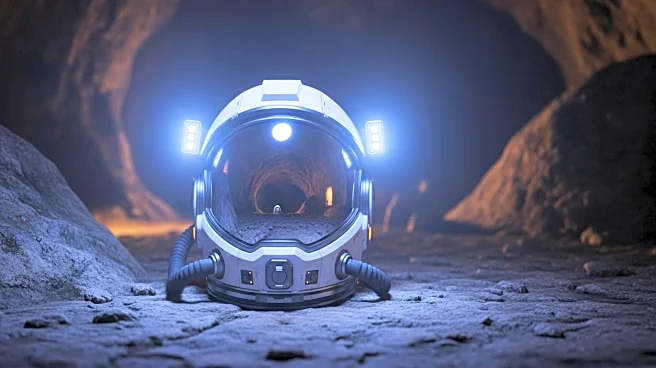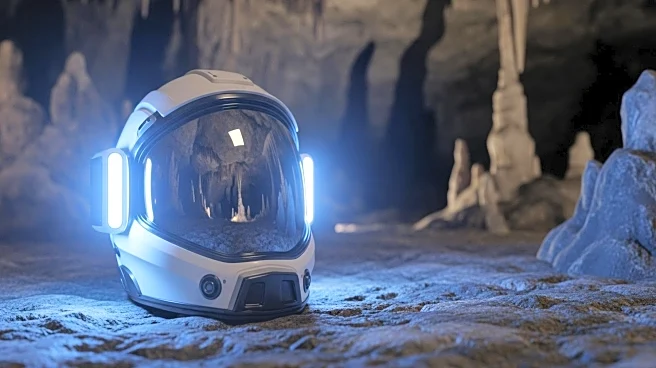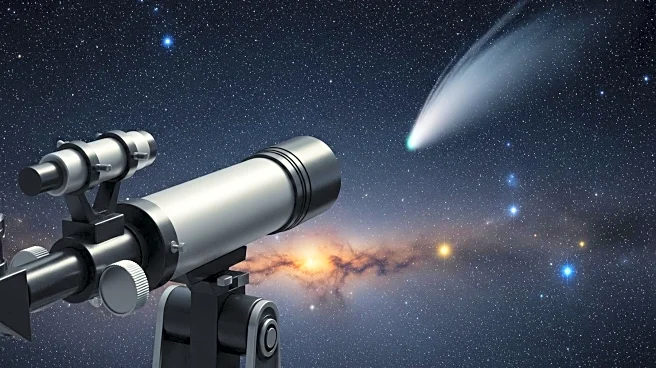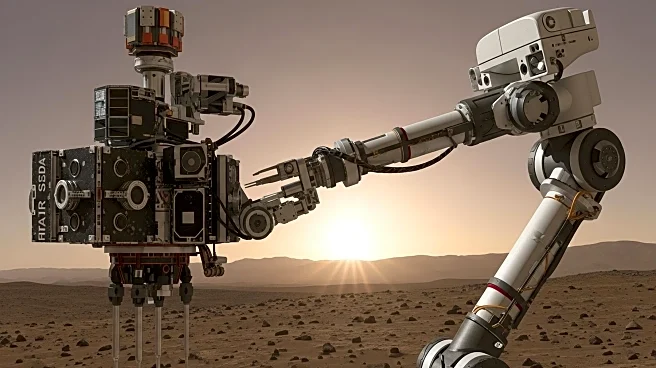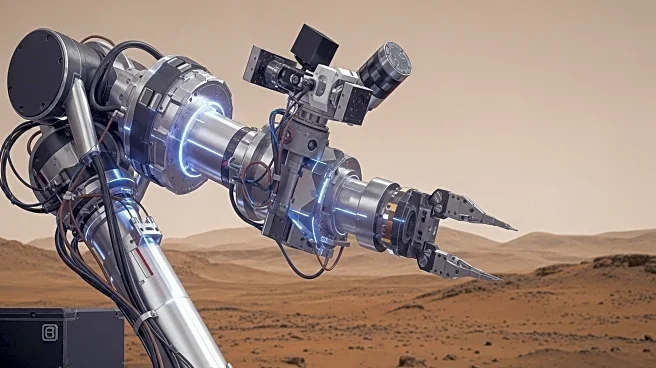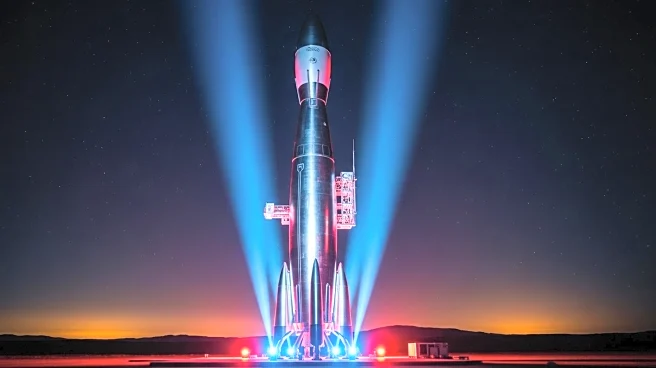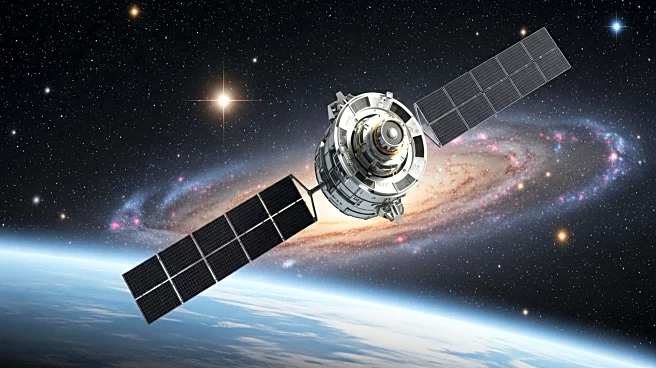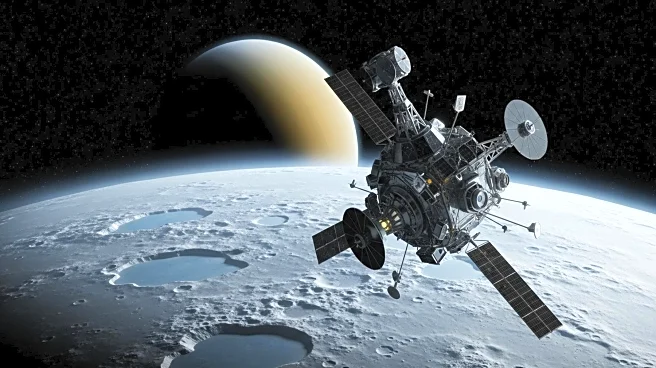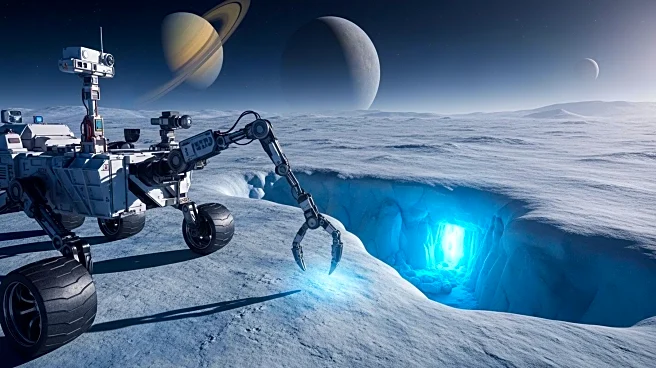What's Happening?
ESA astronaut Marco Sieber, along with an international crew, participated in the European Space Agency's CAVES training program, which simulates the challenges of space exploration by navigating underground caves. The training took place in the Italian Apennines, where the team spent four days in a cave environment, facing steep and uneven terrain, vertical drops, and transforming a small underground site into a temporary base. This exercise is designed to mimic the isolation and resilience required in space missions, as astronauts must rely on their own equipment and teamwork to survive in such environments. The team included NASA astronaut Jasmin Moghbeli, JAXA participant Makoto Suwa, and Mohammad Al Mulla from the Mohammed Bin Rashid Space Center of the UAE, highlighting the international collaboration in astronaut training.
Why It's Important?
The CAVES training program is crucial for preparing astronauts for the physical and psychological demands of space exploration. By simulating the isolation and environmental challenges of space within a cave setting, astronauts develop skills in teamwork, problem-solving, and adaptability, which are essential for long-duration missions. This training also emphasizes the importance of international cooperation in space exploration, as astronauts from different countries work together to overcome obstacles. The program's focus on environmental monitoring and data collection mirrors the scientific objectives of space missions, ensuring that astronauts are equipped to conduct research and respond to changing conditions in space.
What's Next?
As space agencies continue to plan for future missions, including those to the Moon and Mars, training programs like CAVES will play a vital role in preparing astronauts for the unique challenges of these environments. The skills and experiences gained from such simulations will be applied to real-world missions, enhancing the safety and success of space exploration efforts. Additionally, ongoing collaboration between international space agencies will likely expand, fostering shared knowledge and resources that benefit global space exploration initiatives.
Beyond the Headlines
The CAVES training program not only prepares astronauts for space missions but also contributes to scientific research in extreme environments. By studying microbial life and environmental changes within caves, astronauts can gain insights into similar processes that may occur on other planets. This research has implications for astrobiology and the search for life beyond Earth, as understanding how life adapts to extreme conditions can inform the search for extraterrestrial life.
